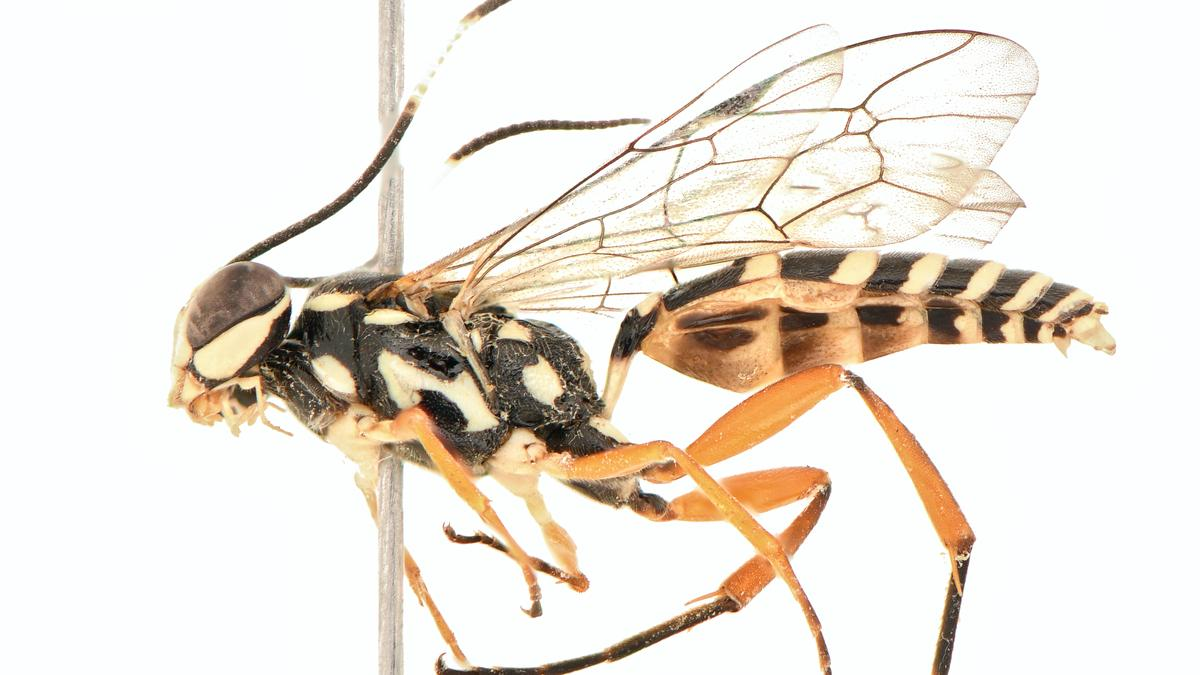New Wasp Species Found in Chandigarh | 09 Jun 2025
Why in News?
A new parasitic wasp species Losgna occidentalis was discovered in Chandigarh, marking the rediscovery of the Losgna genus in India after almost 60 years.
Key Points
- About the Discovery:
- The wasp belongs to the parasitic Ichneumonidae family, known for laying eggs on or inside other arthropods.
- The genus Losgna had not been recorded in India since Heinrich’s 1965 monograph.
- No Indian institution held records, specimens, or literature on Losgna after 1965, suggesting it had vanished from its known range in northeast India.
- It was discovered on a windowsill in Chandigarh during winter 2023–24.
- The species was named Losgna occidentalis to reflect its location in western India.
- Earlier sightings were limited to tropical forests of eastern India and nearby Southeast Asia.
- Historical Specimens:
- The only known specimens of Losgna prior to this discovery were preserved in:
- Natural History Museum, London
- The Hope Collection, Oxford University
- Zoologische Staatssammlung München (ZSM), Munich
- The only known specimens of Losgna prior to this discovery were preserved in:
- Scientific & Conservation Significance:
- Taxonomy Revival: Revives study of the forgotten Losgna genus and emphasizes the critical role of taxonomy in biodiversity conservation.
- Importance of Hymenoptera: Wasps in this group serve as pollinators and biological control agents, contributing to ecological balance.
- Urban Biodiversity Spotlight: The find highlights the rich biodiversity of urban habitats, even those considered degraded like dry scrub forests.
Hymenoptera
- The Hymenoptera, insects commonly known as ants, bees, wasps and sawflies, comprise a significant proportion of arthropod diversity in most terrestrial habitats.
- They are one of the four mega-diverse orders of insects, along with the Coleoptera (beetles), Diptera (flies), and Lepidoptera (moths and butterflies).

